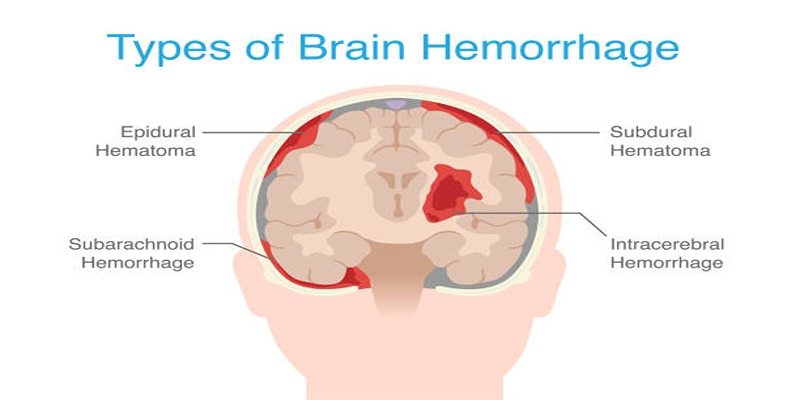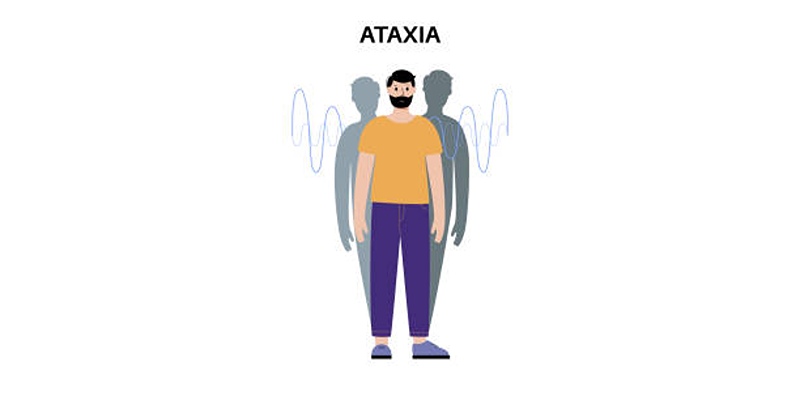What Triggers Cervical Dystonia: A Comprehensive Guide to Its Causes
The disorder known as cervical dystonia causes uncontrollable moving neck muscles, resulting in twisted, tilted, or aberrant head positions. This condition could affect daily life and cause pain. Many individuals ask why cervical dystonia occurs and what sets it off. Though the precise reason is unknown, specialists have noted several elements. One could include environmental triggers, brain anomalies, and genetic factors.
The several probable causes of cervical dystonia are investigated in this article. It also considers risk factors and how they affect the illness. If you or someone you love suffers from this illness, understanding its causes could help. Managing symptoms calls on early diagnosis and treatment. Go on to discover the main elements of cervical dystonia.

What is Cervical Dystonia?
A neurological disorder called cervical dystonia causes neck muscles to contract against will. Unusual head positions, twisting, tilting, or jerking motions follow from these contractions. The disorder could be uncomfortable and get worse with time. Though it can afflict anyone of any age, middle-aged adults are likely to have it. Not usually known is the precise cause of cervical dystonia. It could have something to do with hereditary elements, brain anomalies, accidents, side effects from medications, etc.
Moreover, aggravating symptoms include stress and environmental elements. Others get it following trauma or toxic exposure. Though they vary, symptoms usually include neck pain, muscle tightness, and trouble managing head motions. Sometimes, spasms or earthquakes strike. Though therapies, including physical therapy, medications, and botulinum toxin injections, assist in the control of symptoms, there is no cure. Controlling symptoms requires early diagnosis. See a doctor for examination and treatment choices if you have aberrant movements or neck spasms.
Types of Cervical Dystonia
Primary and secondary forms of cervical dystonia define its cause.
- Primary Cervical Dystonia results from an unidentified exact cause. It is sometimes connected to brain anomalies compromising muscular control or genetic elements. Many times, there is no obvious cause, which makes diagnosis difficult. Usually affecting middle-aged people, this kind may have a hereditary component.
- Secondary Cervical Dystonia has a known cause—trauma, adverse effects from medications, infections, or neurological diseases. Neck or head injuries, some medications, or underlying disorders, including multiple sclerosis, can bring on symptoms. Treating the root cause will help control symptoms.
Both forms cause discomfort, improper head postures, and involuntary muscular contraction. Effective management requires early diagnosis. Treatment choices, including medications, therapy, and botulinum toxin injections, can help enhance quality of life. If symptoms strike out of nowhere, see a doctor to ascertain the type and best course of action.

Common Causes Of Cervical Dystonia
Below are the common factors that may contribute to the development of this condition, affecting muscle control and movement.
Genetic Factors and Family History
Families may run with cervical dystonia. Certain people inherit a hereditary mutation, which raises their risk. If a close relative has dystonia, you could be more likely to get it yourself. Not everyone with a family history will develop the disorder. Though the study is still in progress, scientists have connected some genes to dystonia. A mix of environmental and hereditary elements could trigger the condition.
Brain Abnormalities and Nervous System Issues
Muscle control involves the brain in a major part. Dystonia may be brought on by issues in the brain's basal ganglia. This section aids in the control of muscles and movement. Inappropriate muscular contraction may follow from malfunction of the basal ganglia. There are variations in brain structure or function among those who have cervical dystonia. Injuries, illnesses, or unidentified causes can all lead to these anomalies. The nervous system could also find it challenging to transmit accurate messages to the muscles. Either acute or continuous muscular spasms could follow from this miscommunication.
Injury-Related Causes
Another likely cause of cervical dystonia is a neck injury. Trauma from sports injuries, falls, or auto accidents can compromise muscles and nerves. Some people start symptoms following a head or neck injury. A common trigger is whiplash, the condition brought on by a quick back-and-forth head movement. Damage of the nerves brought on by injuries might result in aberrant movement and muscular spasms. If symptoms follow an injury, doctors could look for nerve-related problems. Physical therapy may help with symptoms.
Environmental and Occupational Factors
Cervical dystonia may be caused in part by poisons or chemicals. Some people show symptoms following heavy metal, pesticide, or industrial chemical exposure. Long-term use of dangerous medications can compromise muscular control and the neurological system. Additionally, important roles might be played by stress and repeated motions. Risk may be raised by jobs requiring repeated head motions or continuous neck strain.
Emotional and Psychological Triggers
Cervical dystonia symptoms can get worse under stress and worry. Tension and muscle spasms could result from emotional suffering. Many people find that their symptoms aggravate under trying circumstances. Stress can aggravate symptoms but does not immediately lead to dystonia. One might benefit from learning stress-reducing strategies, including therapy and leisure activities. Reducing stress can assist in better-controlling symptoms and enhancing general well-being.
Autoimmune and Other Health Conditions
Certain autoimmune illnesses could raise a person's chance of cervical dystonia. Conditions including lupus and multiple sclerosis compromise muscles and the neurological system. Viral or bacterial infections, among other things, could set off symptoms. If the immune system targets healthy tissues, inflammation and muscular disorders could follow. Knowing underlying medical issues will enable doctors to create a better course of treatment.
Conclusion:
Complicated and with several plausible causes is cervical dystonia. Genetic elements, brain anomalies, injuries, medications, environmental triggers, etc can influence its development. Other health issues, as well as stress, could aggravate symptoms. Though there is no cure, early diagnosis, and appropriate therapy can assist in properly controlling symptoms. Knowing the reasons for cervical dystonia helps people to take action to enhance their quality of life. Following treatment regimens, managing stress, and consulting a doctor can help to lessen pain. Appropriate diagnosis and treatment depend on you or a loved one seeing a healthcare expert if symptoms arise.












